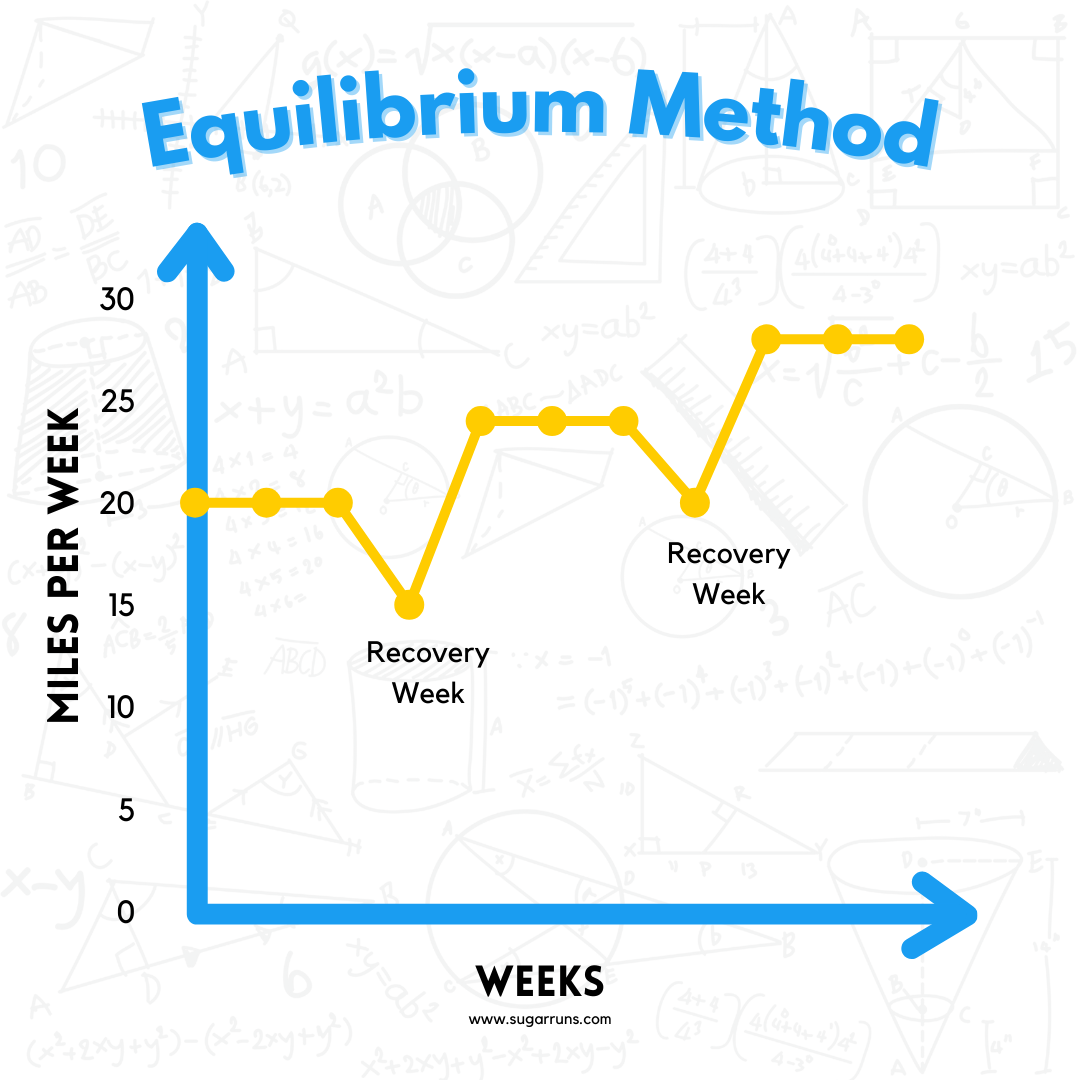The 10% Rule in Running: Should You Follow It?
The 10% rule in running states that you should not increase your mileage by more than 10% from week-to-week. A majority of running injuries are overuse injuries, so the goal of the 10% rule is to prevent runners from doing too much, too soon to avoid injuries associated with large jumps in training volume.
Volume, and increasing too quickly is one way to get injured, so following a well-thought out plan that is tailored specifically to you, your training age and history, and takes into consideration other aspects of your training and life will help you prevent injury. This is where a coach can be extremely helpful. Let’s also not forget that good fueling and nutrition, strength training, quality sleep, and proper footwear also help to prevent injuries.
In this article, we will specifically focus on breaking down the 10% rule, discuss why it may or may not work for different types of athletes, provide ways to increase your mileage effectively, and offer additional methods for increasing mileage.
Why the 10% rule doesn’t always work:
The 10% rule doesn’t take into account an individual’s response to training and doesn’t scale well for different volumes. New runners or those returning to running from a break can likely increase more rapidly than those at higher volumes already. For runners returning from injury, following the 10% rule may be a good idea to ensure they ease back into things and increase load very conservatively to prevent re-injury.
If you’re not running at all, the 10% increase to zero miles is zero. You have to start somewhere. For new runners or those returning from injury, we recommend running by time, starting with a run/walk of maybe 9-10 minutes total (30 second run/1 minute walk, repeated 5 times).
Here are some examples for different volumes applying this rule and why it doesn’t always work:
A new runner running 5 miles/week will only increase mileage by .5/week which is likely too little to see any changes.
An intermediate runner who averages 40 mpw prior to their goal race can likely jump mileage more quickly to get back to their base.
An experienced runner doing 70 miles/week will jump to 77 which may be too much week over week and will cause injury.
What to consider when increasing mileage:
Try to distribute the additional mileage throughout your week, rather than just on your long run.
Don't increase mileage and intensity all at once. Be sure to build a consistent mileage base prior to introducing intensity. Base building is a crucial part of training that cannot be skipped before introducing speed.
As you increase volume, the percentage of increase should decrease. For example, a runner doing 10 mpw could increase by 20%, but a 50 mpw runner should increase by maybe 5-6%.
Make sure to incorporate cutback weeks so your body has time to recover and adapt to your mileage increase.
The Equilibrium Method
The equilibrium method was developed by Jack Daniels. This method focuses on increasing mileage by the number of runs you do each week. If you run 5 times per week, for example, you would increase your weekly mileage by 5. You would never increase more than 10 miles.
You would then stay at the same mileage for 3-4 weeks before increasing mileage again, including a down week in there as well. This would allow your body time to adapt to the stress of the volume before increasing more.
Conclusion
In conclusion, the 10% rule is more of a guideline, not a rule. It can be helpful for many runners, but it's important to remember that individual needs and circumstances vary. Whether you choose to follow the 10% rule or customize your training plan, having expert guidance can make all the difference. At Team Sugar Runs, our experienced coaches are dedicated to helping you achieve your running goals safely and effectively.



